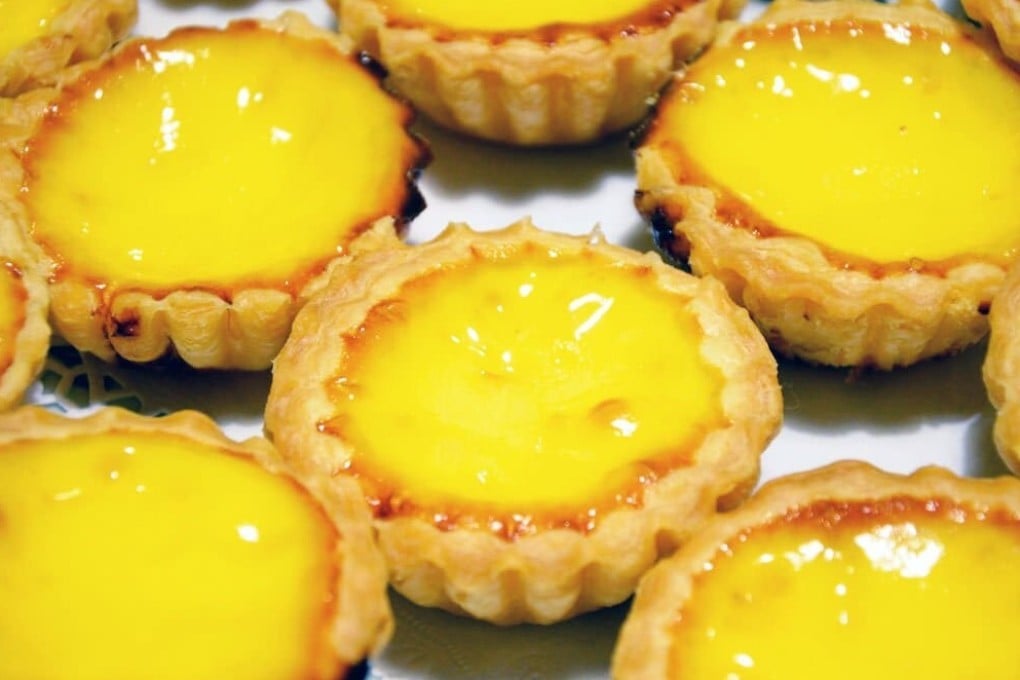The history of egg tarts: from savoury to sweet, from medieval England to Hong Kong, from short crust to flaky pastry
- In the 1920s, the British introduced the custard tart to the city of Canton, now Guangzhou. Chinese chefs adapted it using their dim sum pastry skills
- The oldest known English custard tart recipe dates back to around 1450 and features in the second-oldest cookery book written in the English language

Cantonese egg tarts, with their silky smooth, eggy custard filling and flaky pastry crust, are hard to resist when walking past a Hong Kong-style bakery. It’s even harder when they’re fresh out of the oven.
For customers at Tai Cheong Bakery, one of Hong Kong’s oldest egg tart shops, the Cantonese treat isn’t just a delicious dessert, it’s the taste of their childhood.
“It’s the sweet and savoury mixed together. It’s very nostalgic for me,” says one hungry customer in between bites. “When I was young, my mum would come home every day with a box of egg tarts.”
“It’s the Hong Kong tradition. That’s why we love it,” says another. “We grew up eating this like a dessert or teatime treat.”
Found in bakeries and a must-have at the end of dim sum, the daan tat, as it is known in Cantonese, is a sentimental dessert in Hong Kong and across southern China, but its roots are not native to the region.
Unlike some European custard tarts, such as Portugal’s bruleed pastel de nata, the history of the Hong Kong egg tart is not as well known. Some fans assume it has Portuguese origins because of its similar flaky crust to the pastel de nata, but it’s believed that the daan tat is actually a variation of the British custard tart.